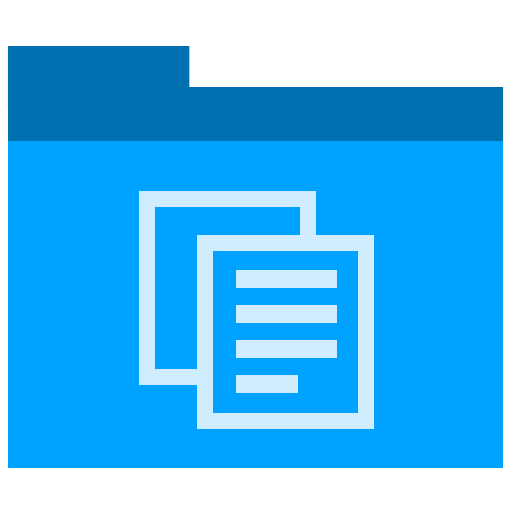Adobe FrameMaker
Why use Master Templates in Adobe FrameMaker?
Master templates let you control the format and positioning of every component in your FrameMaker documents. They are very powerful when they work correctly, but be careful. If you make a mistake, it will take many an hour to clean the documents.
In plain English this means that if you setup a footer as Arial, size 10, and then apply it to the main document, all footers will appear in this font and this size. Sounds good!
But, what if you wanted to have different footers in the document?
You could hard code every footer.
Hard code means you manually type in the footer. That’s ok for a 5 page document but not if your creating a 250 page user guide.
You need to automate the process, which is where master templates come in.
In FrameMaker, you can create different footers, identify each type, and then apply them where you wish.
You can have different headers and footers for the:
- Cover Page
- Table of Contents
- Index
- Chapters, and
- Copyright pages.
Problems with Master Template
One of the problems I’ve had was that even though I’d created the component, it didn’t appear in the document.
The main reason for this, especially for headers and footers, was that the previous entry was still there.
In other words, you have to remove the previous header and then enter the new one.
When you think about it, it makes sense, but if you don’t know you could get very frustrated.
Tip: Delete the ‘old’ header and insert the new ‘one’ instead.
Workarounds
Numbering chapters, headers, footers, and labels can cause all types of confusion.
One trick I’ve learnt it to cut and paste template settings from a FrameMaker document I know works into the new document.
1. In the first document (i.e. you know works), open the template settings, and select the section you want to copy.
2. In the document you want to update, open the template settings, and paste where appropriate.
3. Click Apply and return to the main document. Your changes should now be reflected in the second document.
I have to admit this does seem like a lot of effort.
